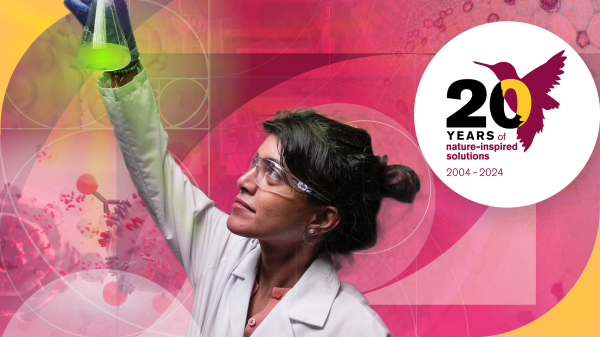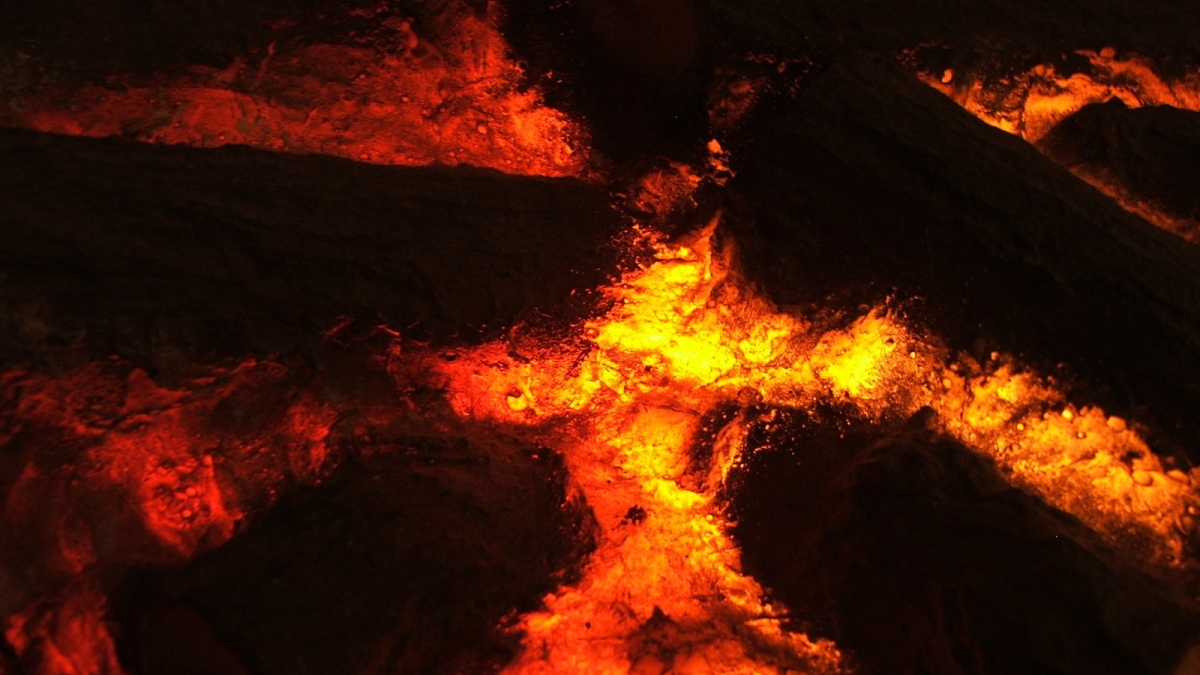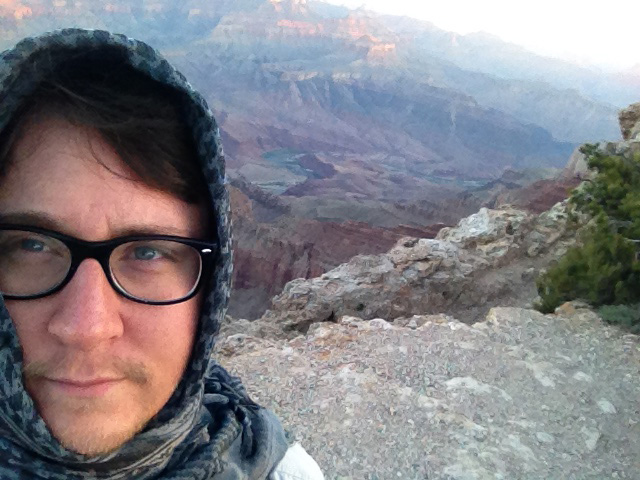Editor's note: This story is part of a series of student profiles that are part of our December 2015 commencement coverage.
When the Earth’s tectonic plates slide under each other, what happens to them? Do they break apart into pieces? Where do they go?
It’s a big question.
Big questions are the kind Eric Escoto wants to spend the rest of his life answering.
“There’s too many questions, so why not answer the big ones and worry about the little ones later?” said Escoto, who will be graduating from Arizona State University this month with a Bachelor of Science degree in earth and space exploration with a concentration in geological sciences. “If you answer big questions, you’re going to solve little problems along the way.”
Because he wants to earn a doctorate, this graduation is just one milestone on a long journey. This month, however, Escoto has earned the right to rest on his laurels for a moment and reflect.
While at ASU, the former security guard, ironworker and lab technician won the Ron Greely Planetary Geology Scholarship from the School of Earth and Space ExplorationThe School of Earth and Space Exploration is part of the College of Liberal Arts and Sciences.. It’s awarded annually to one student who shows promise in geology and proposes an outstanding undergraduate research project to be conducted in collaboration with a faculty member in SESE.
Escoto has also been honored with a College of Liberal Arts and Sciences Dean’s Medal.
A visit to a minerals show in Tucson spurred Eric Escoto into studying geology. Field work is one of the best parts of the work, he said. Photo courtesy of Eric Escoto
A Phoenix native, Escoto graduated from high school in 2003. He worked as a runner for a law firm, a security guard, an ironworker and a technician for a geotechnical company doing field and lab-based experimentation and data collection.
At 30, Escoto is a little older than most students, but that fact may also be why he’s a little better than most students.
“I’m happy I did it this way,” he said. “If I had tried to go to college out of high school, it would have been a lost cause. I had no focus. … You’re supposed to find your focus in four years. That wouldn’t have worked for me.”
From 2008 to 2013 he went to school part time and earned his associate degree. The past two years he spent full time at ASU.
What spurred him into geology was a trip to the Gem & Mineral Show in Tucson one year.
“I just saw all these minerals and I said, ‘This is it. I want to study the minerals and the rocks that make up the Earth,’ ” he said.
He wants to pursue a doctorate in petrology or geochemistry. Escoto's dream job? “Research,” he said. “I’m not in the market for a job. I just know what I want to do.”
For his undergraduate thesis Eric is working on understanding volcanism in Hawaii, specifically at Mauna Loa volcano, to provide detailed information about the magmatic processes occurring prior to eruption.
Hot spots on the planet interest him.
“I want to study the mantle,” he said. “There’s a lot of questions about the mantle we don’t know about. Hot spots, like Hawaii. Why is it hot there? What’s happening in the mantle or deeper at the core/mantle boundary that is producing these scattered spots around the Earth that produce magma? We don’t really have an answer for it.”
Escoto’s curiosity made him distinctive in Christy Till’s petrology class.
“Eric stood out in the class as one of the top students and also because of his frequent and insightful questions about the material at hand,” she said in a letter nominating him for the Dean’s Medal. “In this way, Eric embodies the drive that I often observe in returning students, eager to make the most out of their education and clear in their goals.”
And no doubt curiosity about his goals will continue to drive him for a very long time.
“One of the best parts about this field is the field work,” Escoto said. “You go to a location you’ve never been to before, and you look at the geology and you sample and you bring it back.”
More Science and technology

ASU-led Southwest Advanced Prototyping Hub awarded $21.3M for 2nd year of funding for microelectronics projects
The Southwest Advanced Prototyping (SWAP) Hub, led by Arizona State University, has been awarded $21.3 million in Year 2 funding under the CHIPS and Science Act to continue its work advancing the…

Celebrating '20 Years of Discovery' at the Biodesign Institute
Editor’s note: The Biodesign Institute at Arizona State University wraps up its 20th anniversary with the sixth and final installment of its "20 Years of Discovery" series. Each story highlights…

Student research supports semiconductor sustainability
As microelectronics have become an increasingly essential part of modern society, greenhouse gas emissions, which are associated with their use and manufacture, have increased in tandem.…

